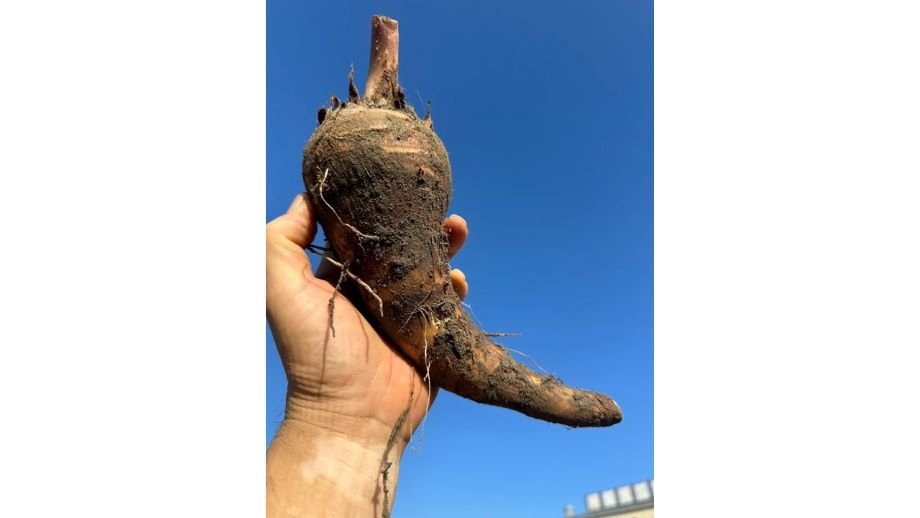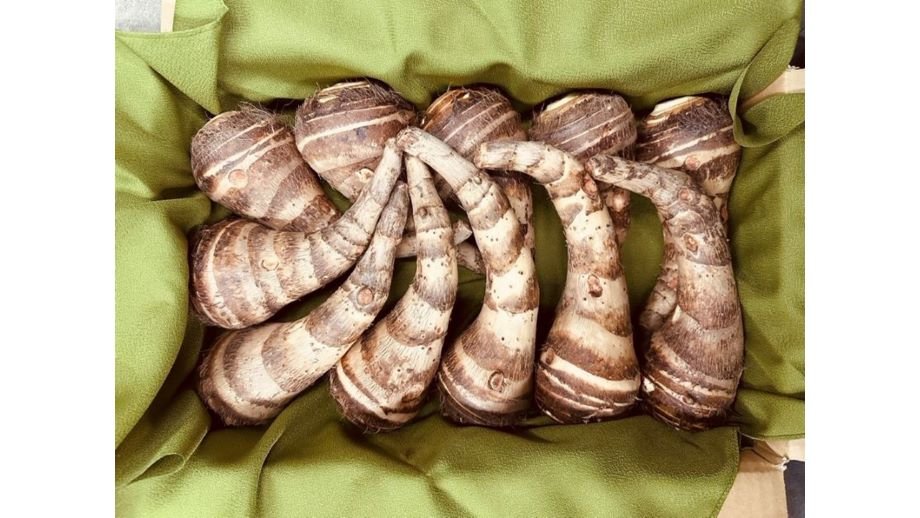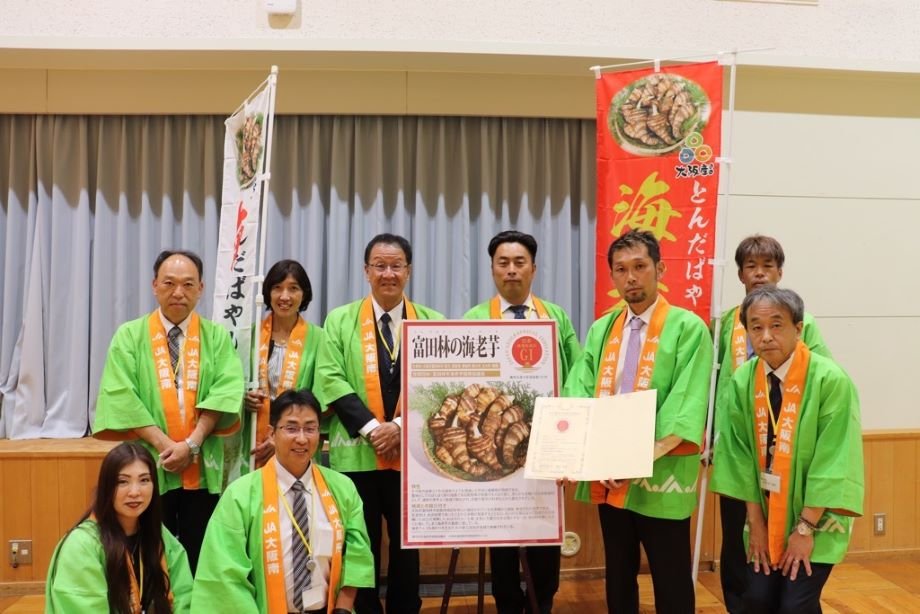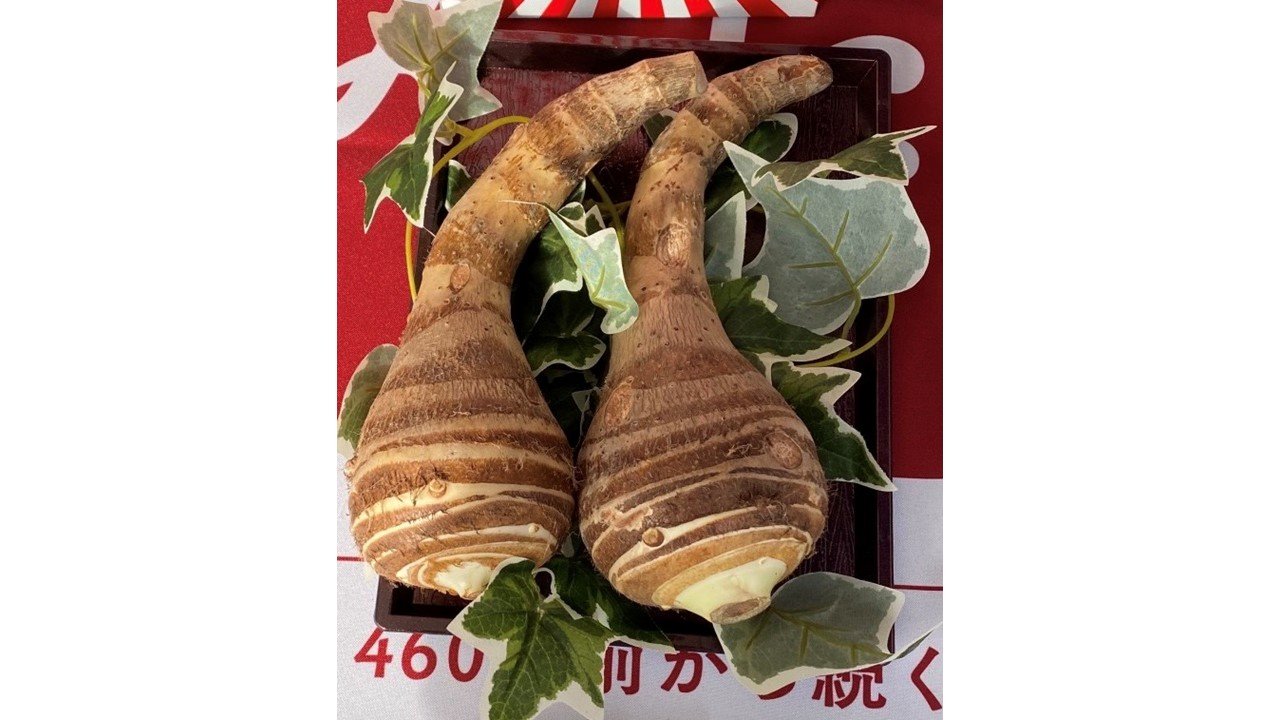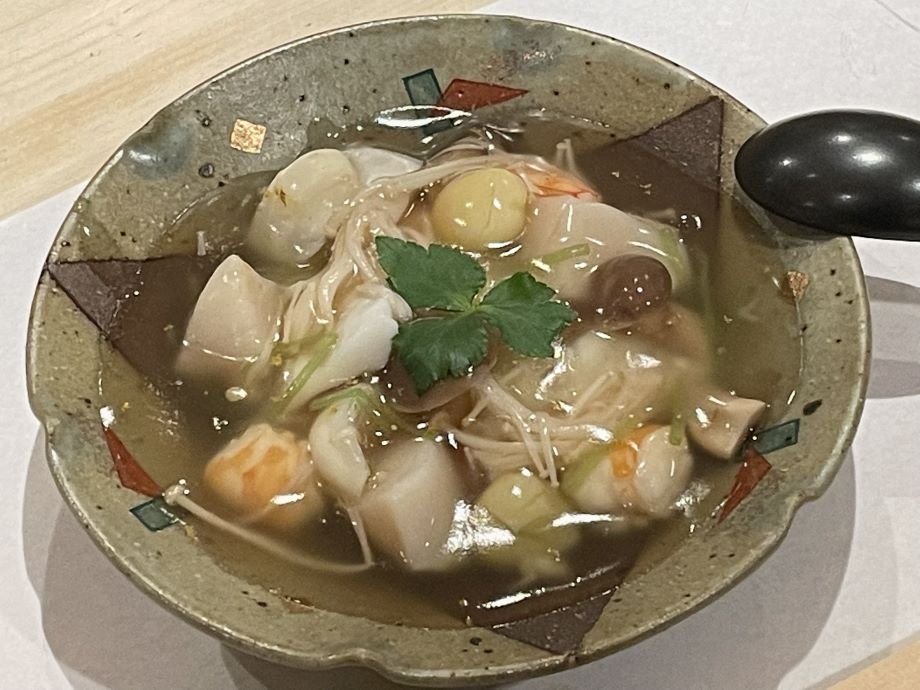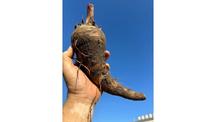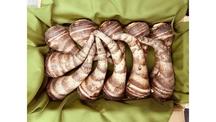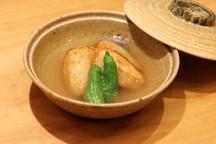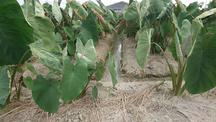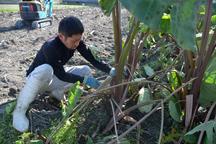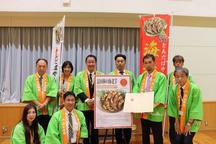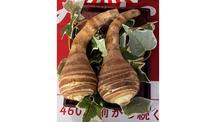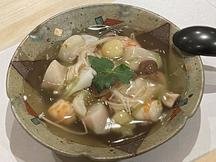Tondabayashi-no-Ebiimo
| Registration Number | 137 |
|---|---|
| Name of the GI | Tondabayashi-no-Ebiimo (Tondabayashi Shrimp-shapedpotato) |
| Class | Vegetables/ Cereal grains/Pulses |
| Date of Protection | 2023/07/20 |
| Producing Area |
Oosaka Prefecture
Oosaka Prefecture Tondabayashi City (Ochikata, Nishi-Itamochi, Higashi-Itamochi, Minami-Otomo, Kita-Otomo,and Nishikiori) |
| Applicant - Name and Address | Tondabayashi City Ebiimo Promotion Council 6-7-24 Nishi-Itamochi Town, Tondabayashi City, Osaka Prefecture |
"Tondabayashi-no-Ebiimo" is a taro selected and bred from native varieties cultivated mainly in the producing area.
It is characterized by its curved shape and stripes resembling a shrimp ("ebi" in Japanese), from which the name is derived.
It contains a higher dry matter ratio and an index of flakiness compared to other taros. For its flaky and smooth texture, the Ebiimo is traded at prices higher than ordinary taros and is often used in Japanese restaurants in Kyoto and Tokyo.
"Tondabayashi-no-Ebiimo" is cultivated by using seed taro either collected and selected from a native variety home-raised in the producing area or given by a member of the local Tondabayashi City Ebiimo Promotion Council. Covering the roots with soil and other procedures are performed according to the Council cultivation manual.
Shipping standards require that taros have a curved appearance and be free of wormholes and severe damage. Those with wormholes but no other serious damage can be used for processed food.
Ebiimo requires much water but is prone to damage if the soil does not drain well. The producing area once consisted of paddy fields with well-developed water channels. Well-draining soil was formulated by paddy soil accumulating on a gravel layer formed by river floods and is adequate for cultivating Ebiimo.
In the area, pressure is applied on the taros from sideways by the weight of the soil that covers the roots (a process called "tsuchiyose") to produce shrimp-like curves. Techniques for intentionally bending the taro from its original round shape into a shrimp-like shape have long been passed on.
A local history collection compiled in 1955 mentions taro as an essential vegetable. It has long been shipped to the Kyoto area as a specialty of the region. In 2021, the Tondabayashi City Ebiimo Promotion Council was established to control cultivation and shipment. In that year, 18 farms grow Ebiimo on 1.5ha, producing 18t annually.
